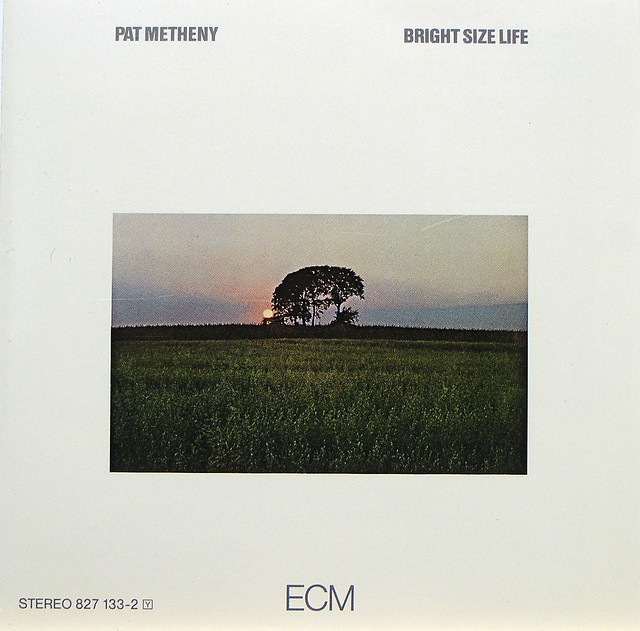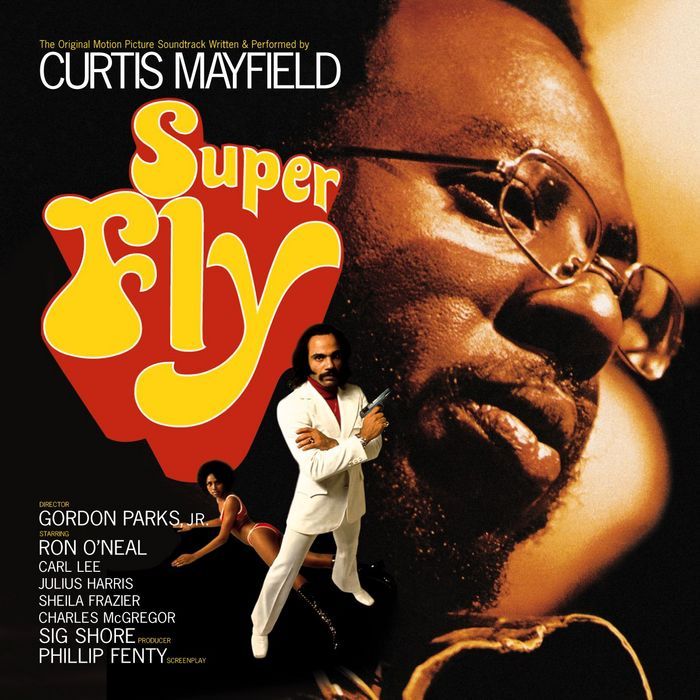Prodigy's debut album is the soundtrack to my early childhood. I remember the exact day when my mum, coming back from one of her business trips to London, brought me their CD. She clearly had no idea what she was buying, and neither did I...until I whacked the disc into my CD player...Fast forward a couple of weeks, and you'll see me and my friends play fighting to the sounds of 'Out of Space' (however embarrassing it may sound now, we thought we were the dogs bollocks!). Since then, The Prodigy have always held a special place in my personal sonic landscape; and rightly so - the 'Experience', as well as their two next albums ('Music for the Jilted Generation' and 'The Fat of The Land'), are really top class material.
Released in 1992 on XL Recordings in the UK and Elektra in the US, the Experience paints a very colourful picture of early 90s Britain, which (at least in the underground) was this hot'n'heavy collage of sweaty rave, fast-paced jungle and jaw-gurning hardcore. From this lethal combination, fueled with the digital power of synthesisers, beat machines and samplers, came Prodigy's debut album, which is basically a snapshot of urban life in post-Thatcherite England, with all its goodies (or should i say: good E's) ;)
The mastermind behind the group is none other than Mr. Liam Howlett, who produced all of the tracks and is the man responsible for this madness. The more widely recognized Keith Flint and Maxim Reality were merely dancers and MCs - check out the live recording of: 'Death of the Prodigy Dancers' (last track on the album) for a lil' demo of their drunken shouting.
The music, however, was solely Howlett's department and the guy is really a great producer. Nevermind the awesome, original and surprising sampling (vide the 'Charley Says' public information films for kids samples in 'Charly' or the iconic Max Romeo's 'Chase the Devil' sample in 'Out of Space'); nevermind the crazy, multi-layered breakbeats he created; nevermind the great sounds he managed to bring out of them synth-pads; he simply knew how to build fantastic tracks. Whenever I listen to his songs I have a feeling they are really well-thought out and that every 4-bar loop has its specific purpose. If you were to say that making electronic music is simply like playing with Lego bricks, then this guy would be one of them crazy motherfuckers that build 1:1 replica's of Darth Vader's 'Death Star' space ship from Lego.
Anyways, this album is a must-have. And, if you decide to go for the 2001 'Experience: Expanded' double-disc version, you're up for some b-side treats!
Spread the love!
















